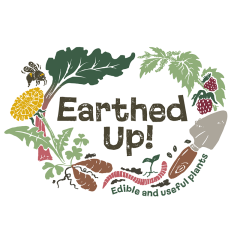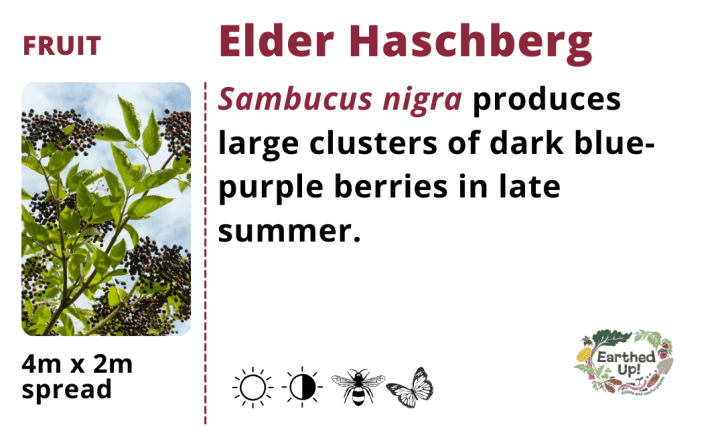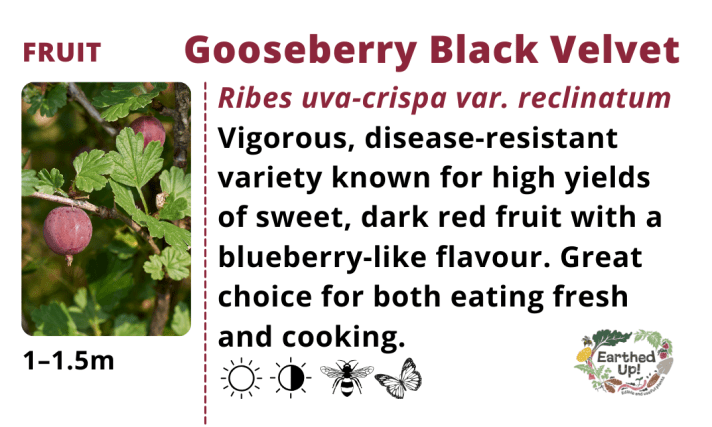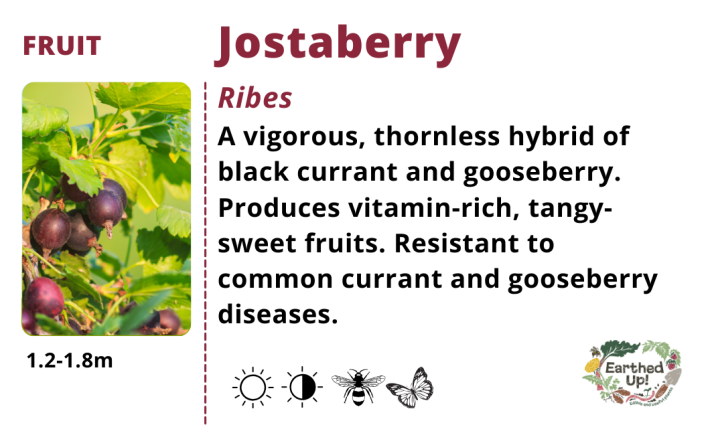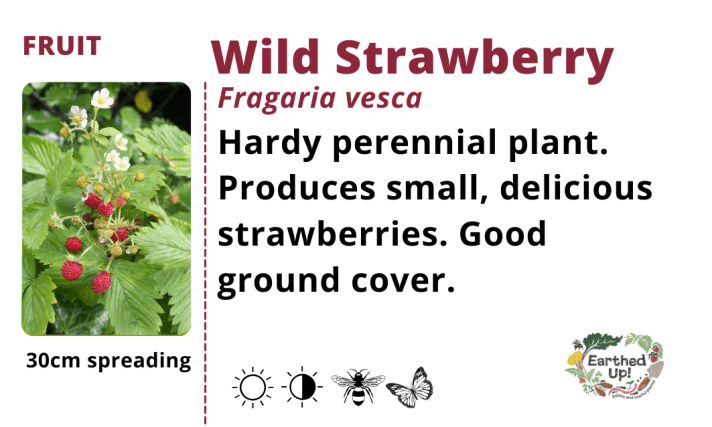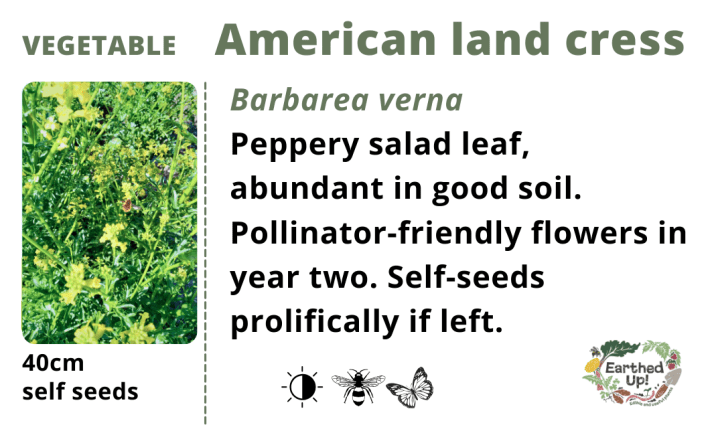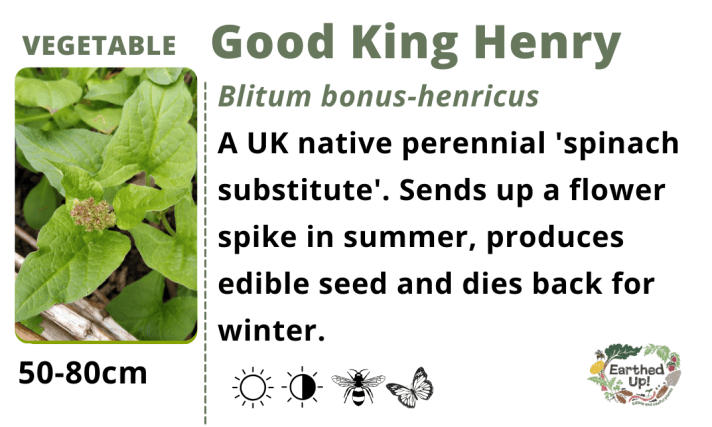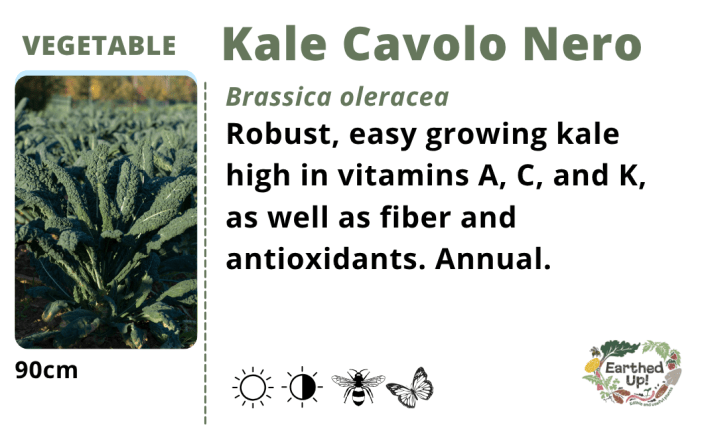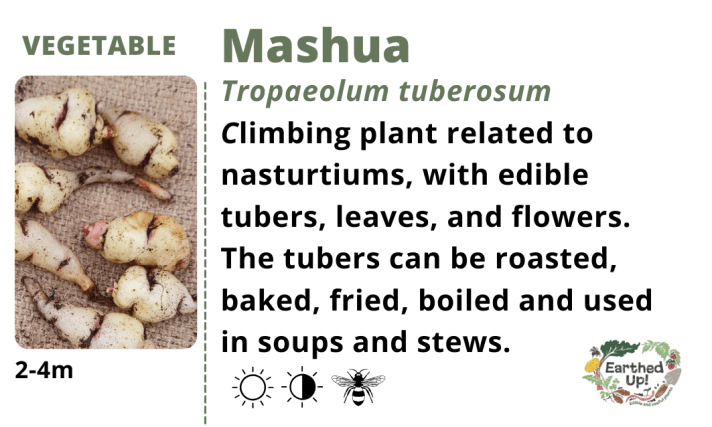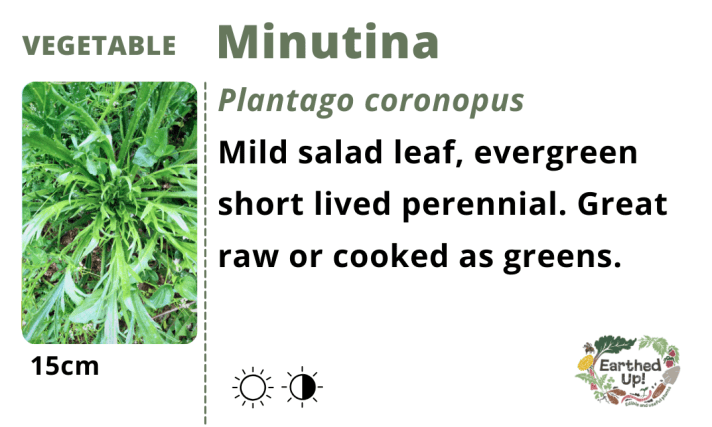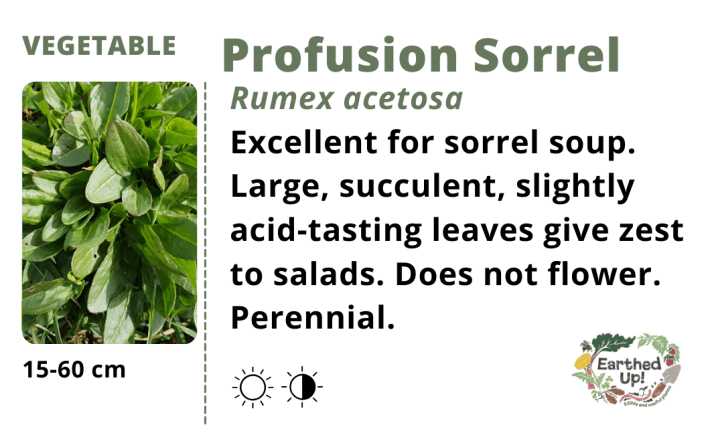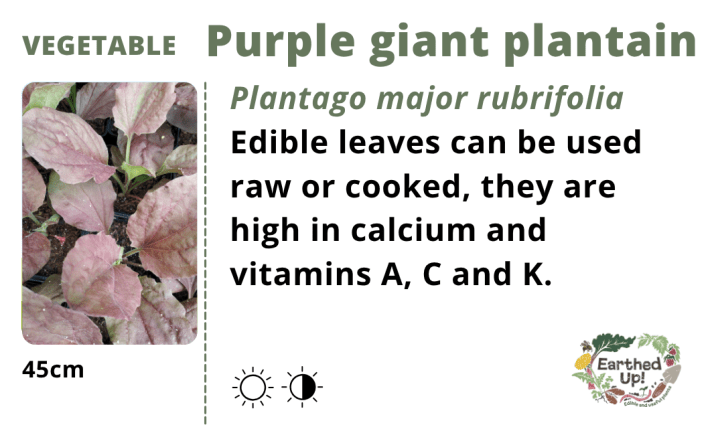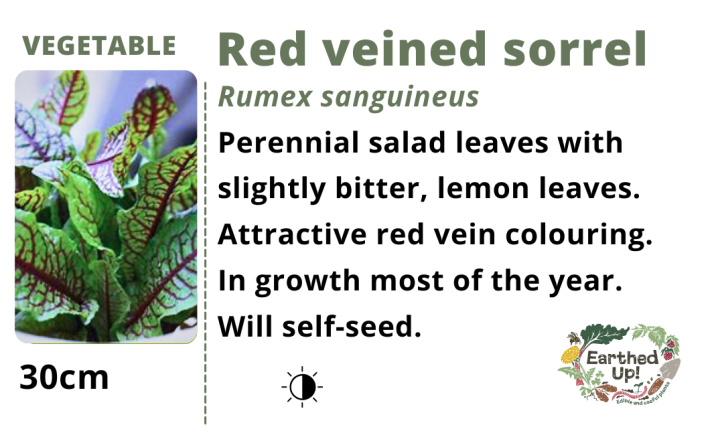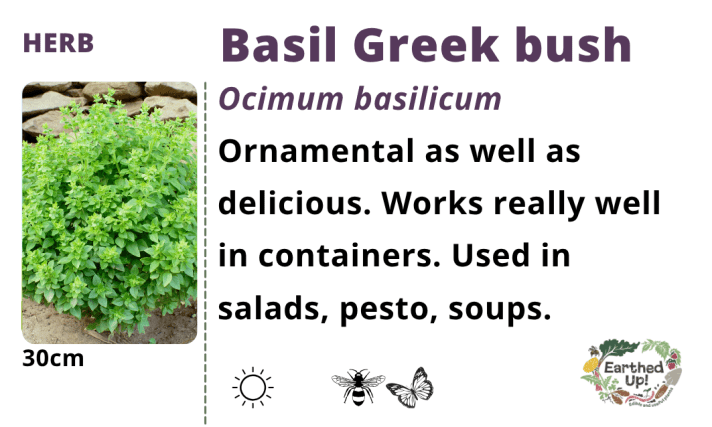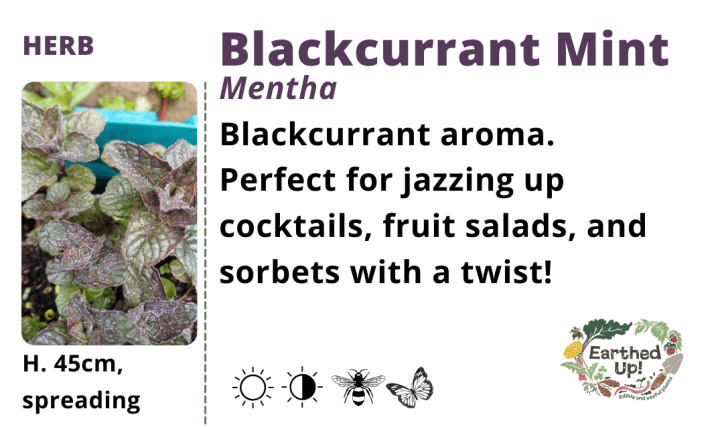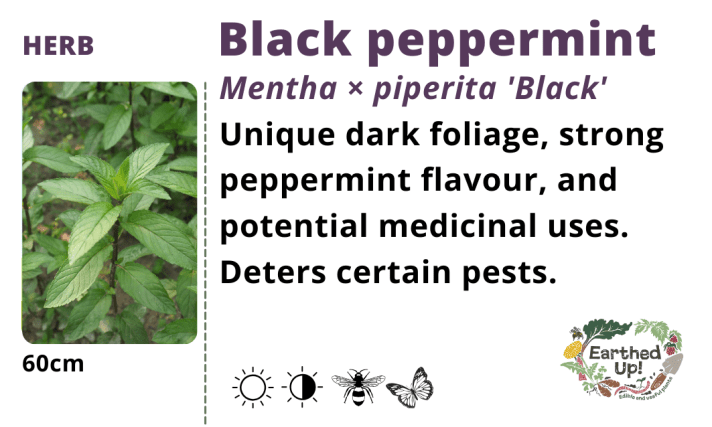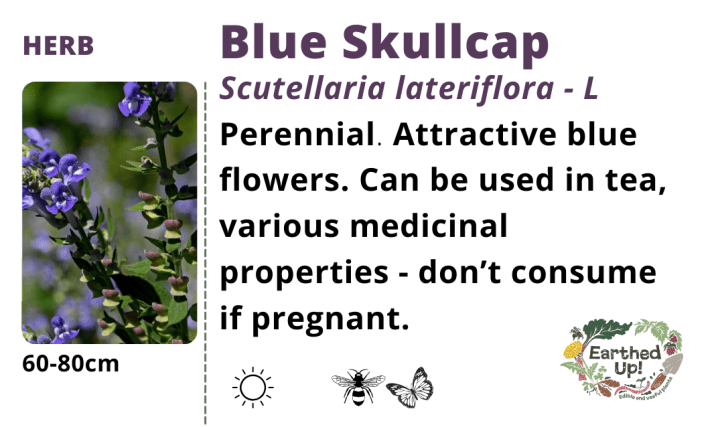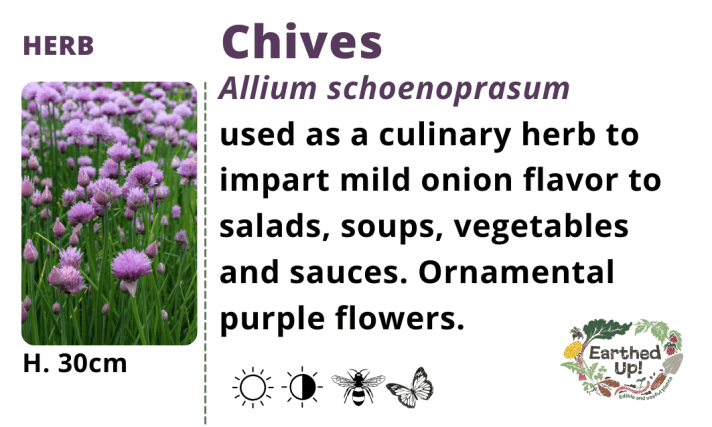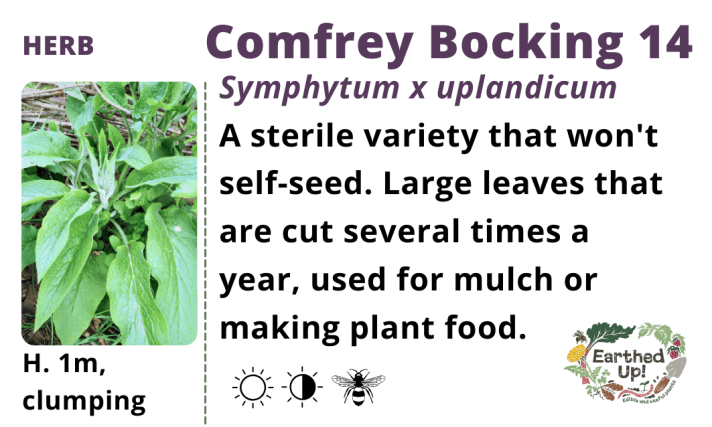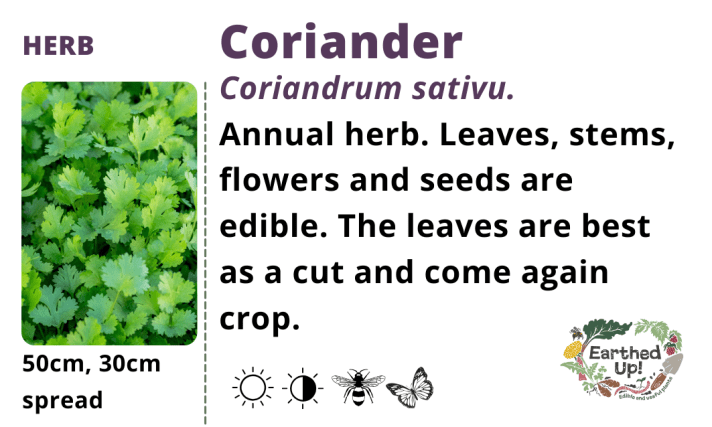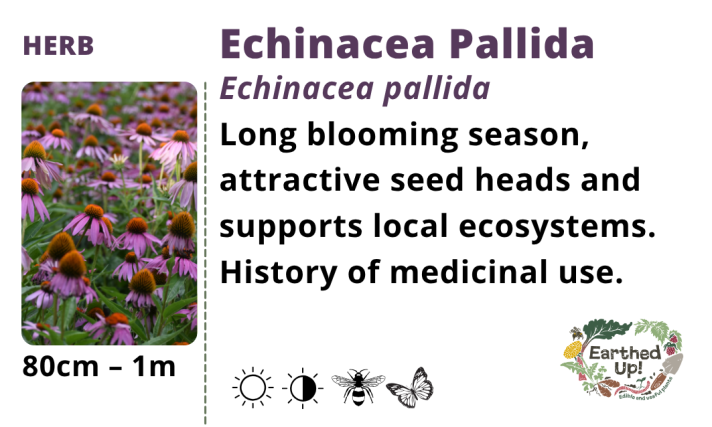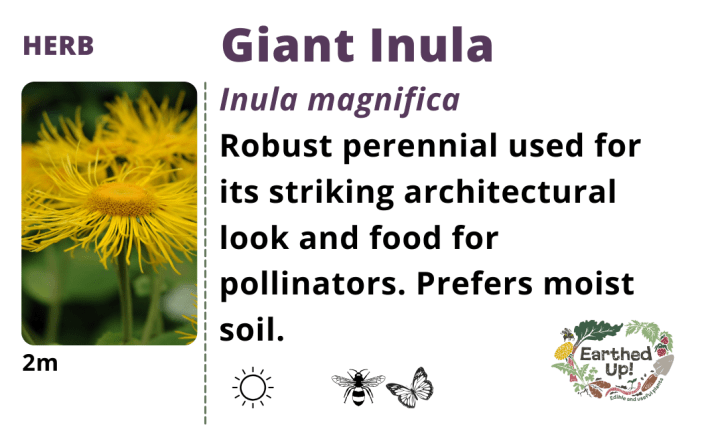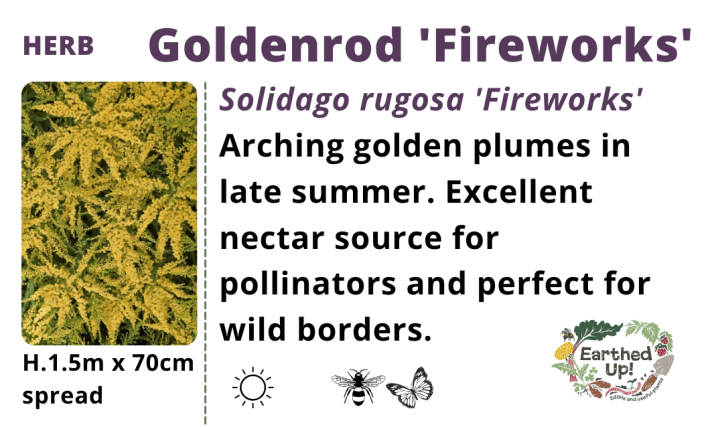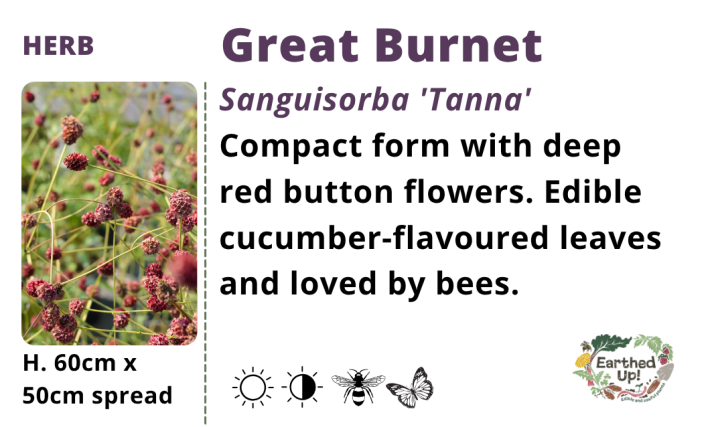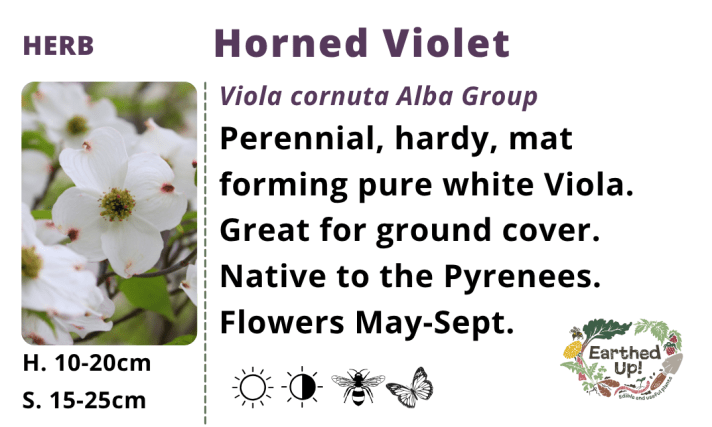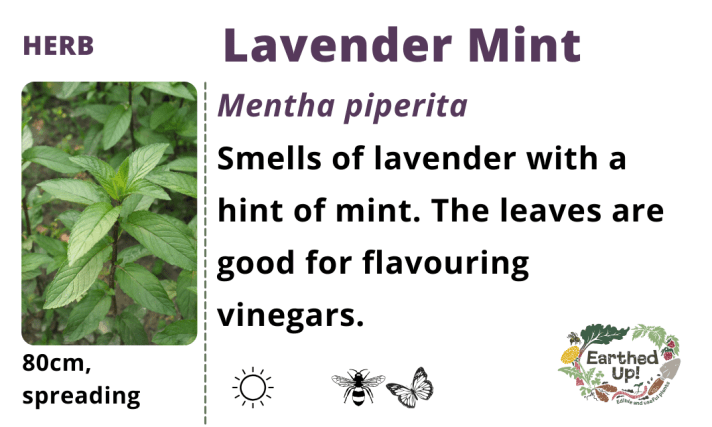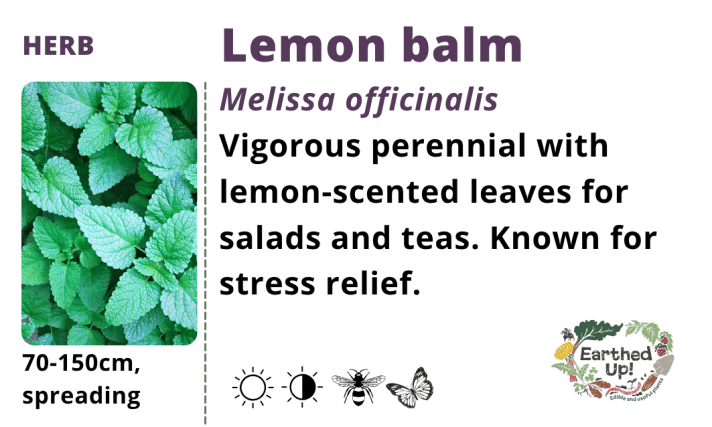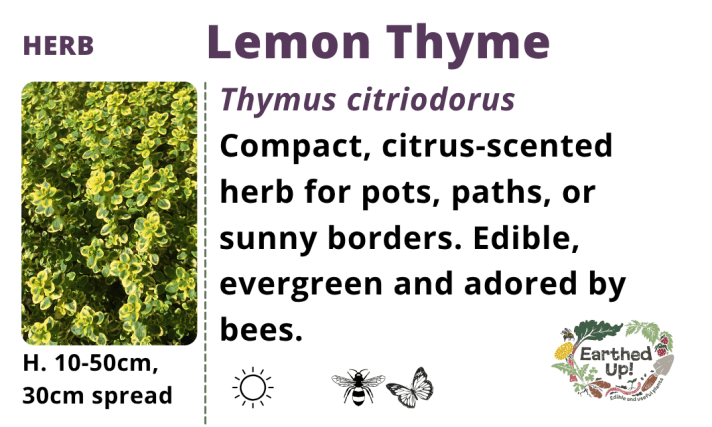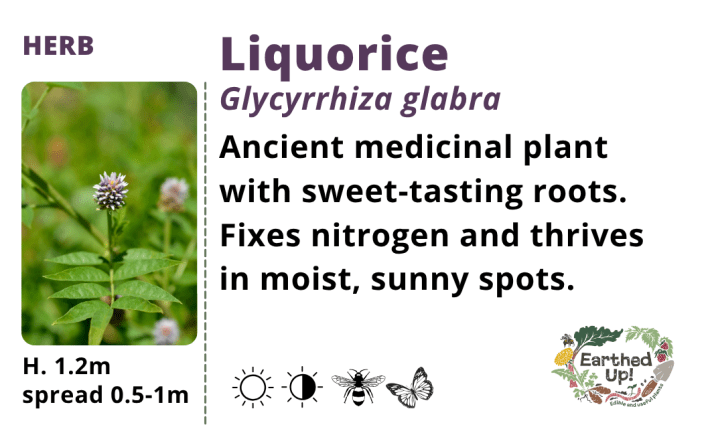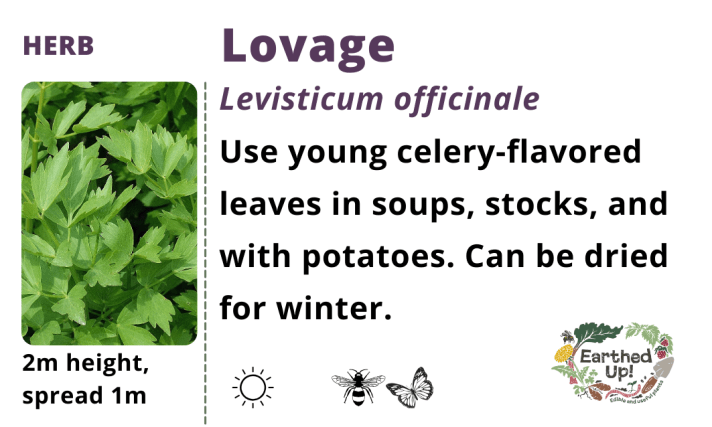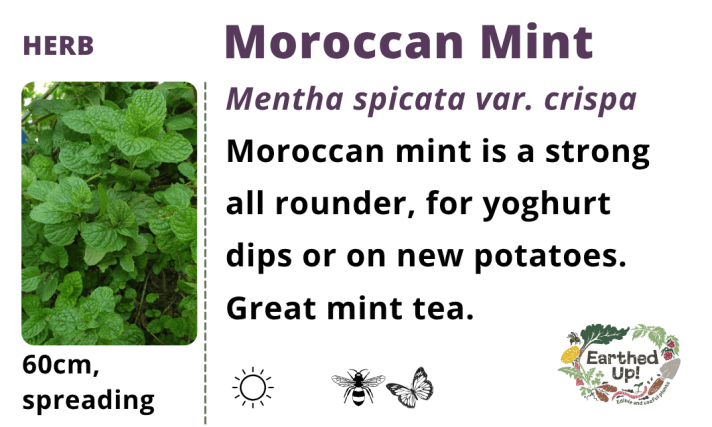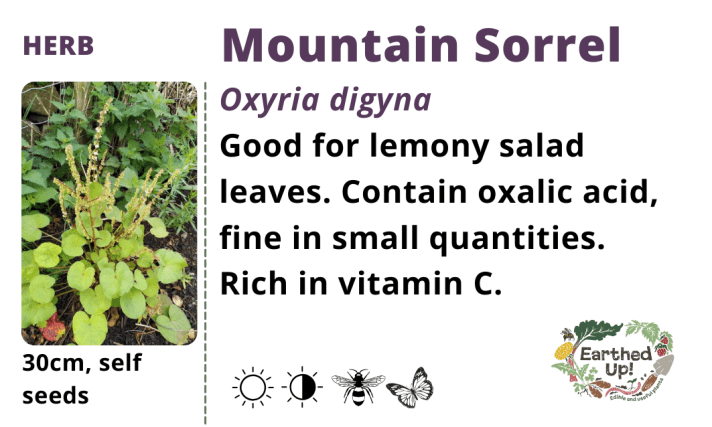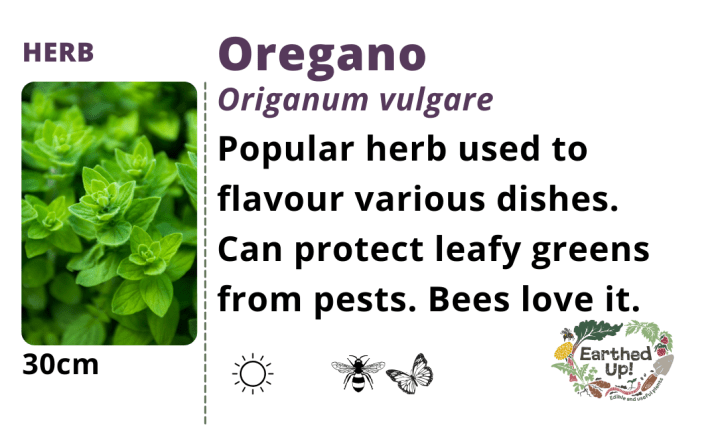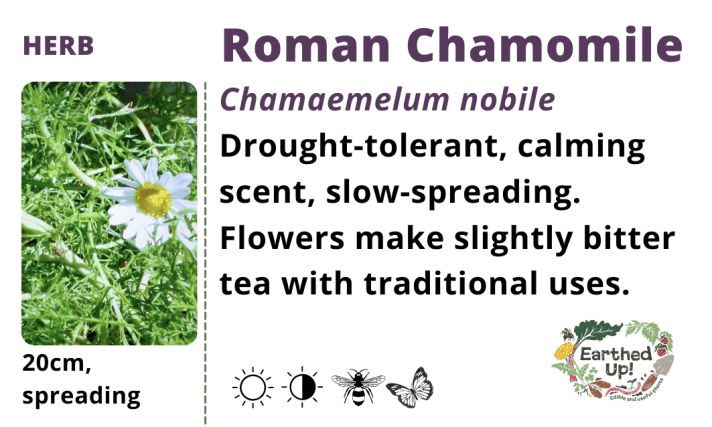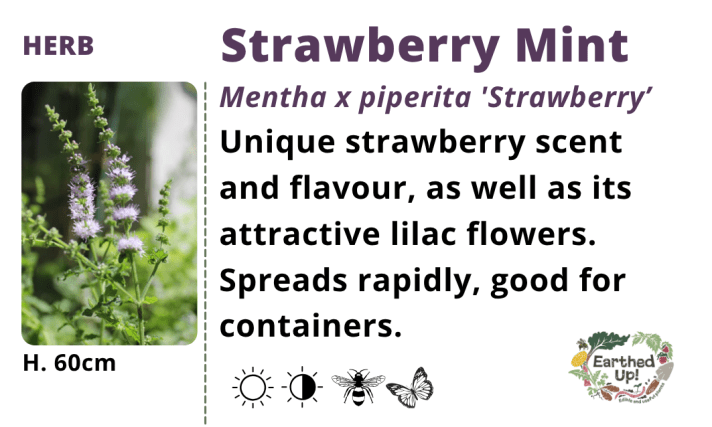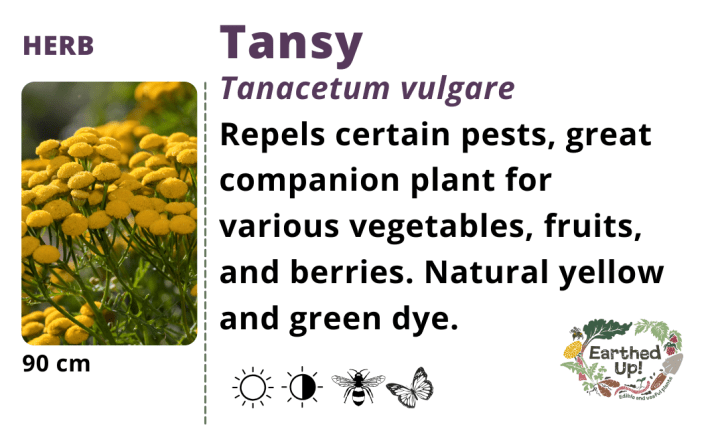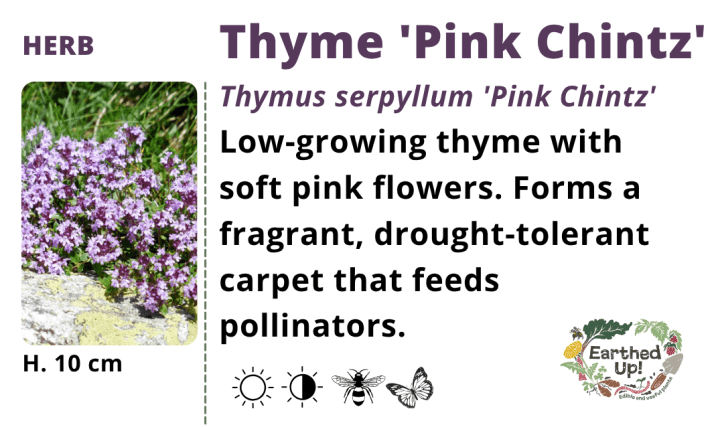We grow perennials: vegetables, culinary & medicinal herbs, flowers, and fruit.
We’re growing over 100 varieties of edible and useful plants in 2025. Availability naturally changes throughout the year.

Availability
We have around a third of our stocklist available through the winter, with potted young plants bareroot shrubs, as well as tubers.
We take the best of what’s ready to events and markets too.
How we grow
We are an agroecological plant nursery growing our own plants, peat free, without harmful chemicals.
We:
- Grow our own plants, rather than buying in plugs from abroad and growing them on
- Blend our own peat free compost, including biochar made by us
- Use rainwater to irrigate
- Feed plants regularly with natural feed
- Use recycled pots and wooden labels
- Harden off plants so they’re ready to plant in your garden
We don’t:
- ❌️ Use heated spaces, we’re off grid. That means a low ecological footprint and hardy plants
- ❌️ Use peat, vermiculite or perlite. Ever. They have significant ecological impact and they’re not necessary for us
- ❌️ Use slug pellets, netting, or any ‘cides; we actively promote biodiversity in our gardens
e-Gift Cards
If you would like to give a gift of an abundant garden to a loved one, you could send them a e-gift card to spend at Earthed Up! on plants, compost, garden consultations or even courses. This can be spent in person at the nursery or online when we have courses available via our booking system. E-gift cards are valid one year from purchase.
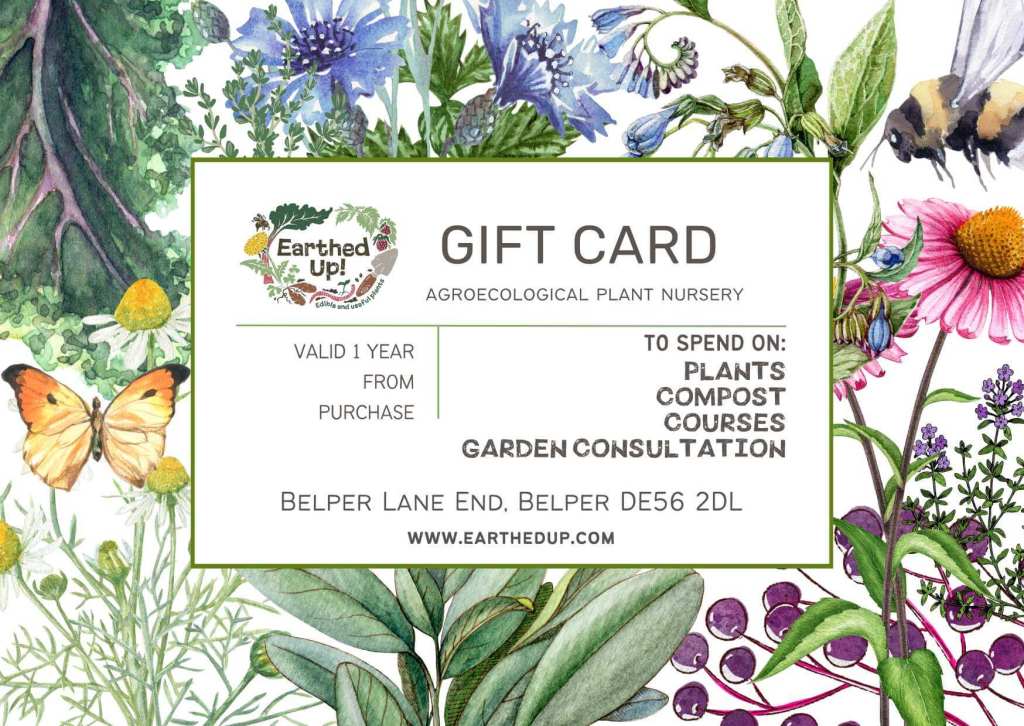
Plant profiles – a selection of what we grow
Fruit
Black Lace Elder
Another plant which we are selling Black Lace Elder left me slightly flummoxed. Black Lace Elder, edible? We are all familiar with it for its dramatic black foliage and beautiful pink flowers but…
More info…Gooseberry ‘Red Velvet’
Supplied bareroot, so needs to be potted or planted when you get home. 2 year old plants approx. 60cm tall and bushy, that need to grow on before fruiting. A small, spiny plant,…
More info…Blackcurrant ‘Ben Nevis’
Supplied bareroot so needs to be potted or planted when you get home. 2 year old plants that need to be grown on before they will fruit (likely another year). Blackcurrants appreciate fertile…
More info…Jostaberry
As the days finally become colder it’s worth taking stock of spaces in the garden or replacing small fruit shrubs that are no longer productive. Every year I look at my fruit bushes…
More info…Herbs and Vegetables
5 Reasons You Should be Thinking About Winter Gardening – And How We Can Help
Why should you be thinking about gardening in the middle of winter? It’s cold, it’s wet, and not much is growing. Read on and we’ll give you 5 excellent reasons why you should be…
More info…Earthed Up! Gift Cards – A More Ecological Present
If you would like to give a gift of an abundant garden to a loved one, you could send them a e-gift card to spend at Earthed Up!
More info…Perennial vegetables essentials
The phone kept ringing this week. It’s the time of year people are making garden plans for the year. Vegetable beds full for as much of the year as possible, it’s what we want…
More info…Babington’s leek
Native to the UK, Babington’s Leek is one of the tastiest, low maintenance and easy to grow perennial vegetables. It is thought that Babington’s Leek may originate from cultivation of vegetables by monks. It…
More info…Good King Henry
Spring greens are an ancient tradition that is well worth keeping alive, and Good-King-Henry (Chenopodium bonus-henricus) is an easy-to-grow herb rich in iron and vitamin C that blends well with such better-known potherbs as…
More info…Mashua
Mashua, Tropaeolum tuberosum, is a perennial cousin of the nasturtium. It comes from the cool, tropical highlands of the Andes, where it is grown as a food crop. You can boil, mash, roast or fry…
More info…Ice Plant
What is an ice plant?? The Ice Plant is drought tolerant. It is a hardy succulent, perennial ground cover plant which produces daisy like flowers that bees love!! It is called Ice Plant because…
More info…Land Cress
Upland cress or land cress (Barbarea verna) is a great substitute for watercress and can be a delicious addition to salads and since it is hardy, it can make it right through the winter…
More info…Red Ruffled Kale
A vigorous green kale with red veins and wonderfully ruffled leaves. Grown long enough it will yield a delicious kale raab, somewhat like the popular broccoli. For leaf harvests, this kale is very hardy,…
More info…Dye Plants
Dyers Coreopsis
Earthed Up! grow edible and useful plants and we have a range of plants for dyeing fibres, such as perennials Madder and Dyers chamomile. The range also includes…
More info…We are growing dyer’s chamomile, madder, woad, and weld.
Perennial vegetables
Root crops
Skirret
Introduced by the Romans but unfortunately largely forgotten. A perennial parsnip, sort of. Delicious, nutty roots form like fingers, cook by boiling or roasting briefly. Some roots have a tendency to have a woody core. Great pollinator plant, being an umbel it’s attractive to hoverflies. Grows to 1.8m. Unfussy – sun to semi-shade, does better when wet.
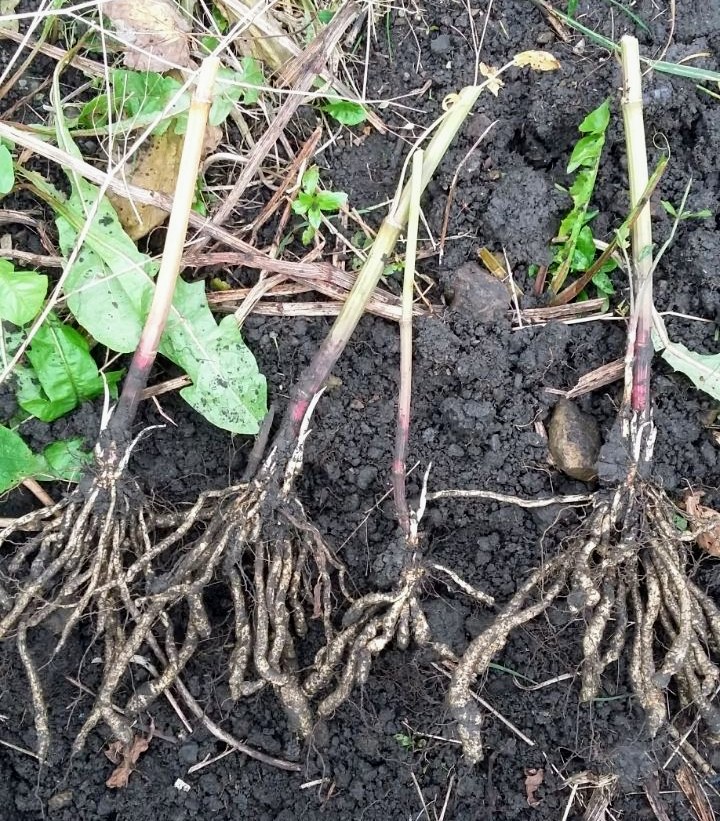
Sunchokes
Perennial plant for edible tubers harvested in autumn, also a good seasonal windbreak. Grow in sun. In the sunflower family, so in some summers will produce small sunflowers. Very little care needed, good famine plant. Contains inulin, which some may find a little hard to digest. Roast like potatoes but not for as long, or can be pickled.

Chinese artichokes
Perennial plant for the small, crunchy edible tubers harvested autumn through to spring. Use like water chestnut in stir fries or just snack on it raw. Looks like a mint, is related to mint, doesn’t smell. Grow in sun or part shade.

Leaf crops
Perennial kales
Taunton Deane – growing to large shrub size, over 2 metres wide and high. Hardly ever flowers, so is long lived. Purple tinged stems. Mild flavour.
Daubenton’s – low-growing with small leaves that are good in salads or cooked.

Good King Henry
Perennial kale growing to large shrub size. Hardly ever flowers, so is long lived. Purple tinged stems. Mild flavour.

Minutina
Also known as buckshorn plantain owing to its relation to those native plants. A perennial salad leaf, good as a base. Evergreen for us!

Purple plantain
A beautiful purple leaves form of broad leaved plantain. It looks great, grows well, young leaves can be eaten and they are used medicinally on the skin.

Fruit
Gooseberry Black Velvet
A gooseberry-worcesterberry. Strong, upright bush giving good crops from the second year. The fruit is sweet, red and delicious.
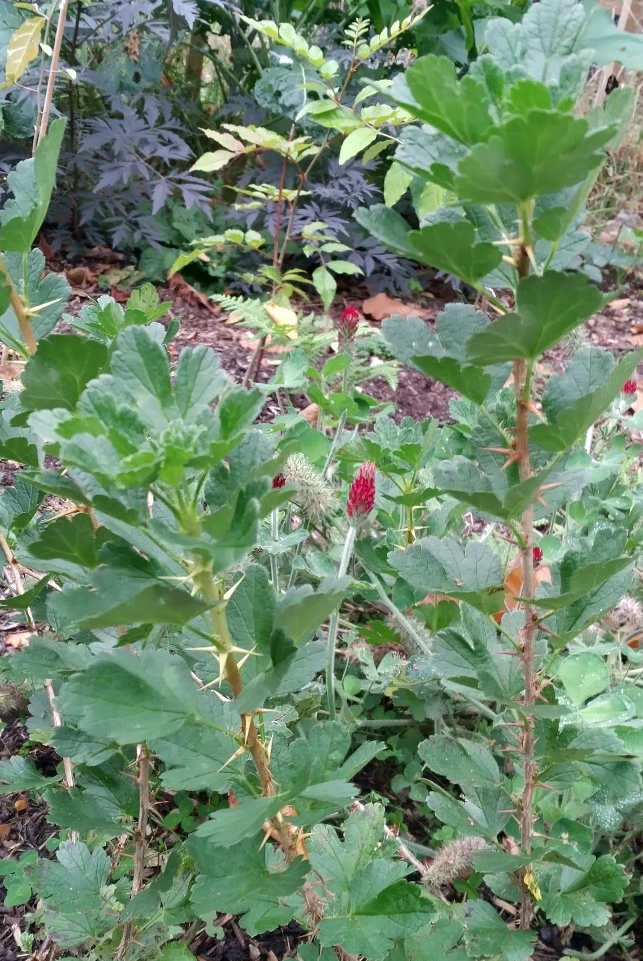
Jostaberry
A hybrid berry, cross of gooseberries and blackcurrant. Fruit the size of gooseberry, tastes like a mild blackcurrant; good to add to preserves and desserts or stewed with other fruit for porridge, muesli etc. A fast, strong growing shrub to 2m. Soil grown.

Herbs
Mixed kales and herbs
Red Russian kale, Cavolo Black Magic kale, Coriander, and others soon: basils, chervil and some more annual herbs.

Comfrey Bocking 14
Deep rooting perennial mineral accumulator, high in potassium. Leaves can be cut to make plant feed or added to your compost heap. Can be cut up to 4 times a year if in fertile soil. Left to flower, it provides nectar adored by bees. This variety doesn’t produce viable seed so is propagated by roots.

Marshmallow
Attractive perennial growing to 1.2 m. Small purple-centred flowers later summer. Leaves eaten raw or cooked, also flowers raw. Roots are used medicinally.
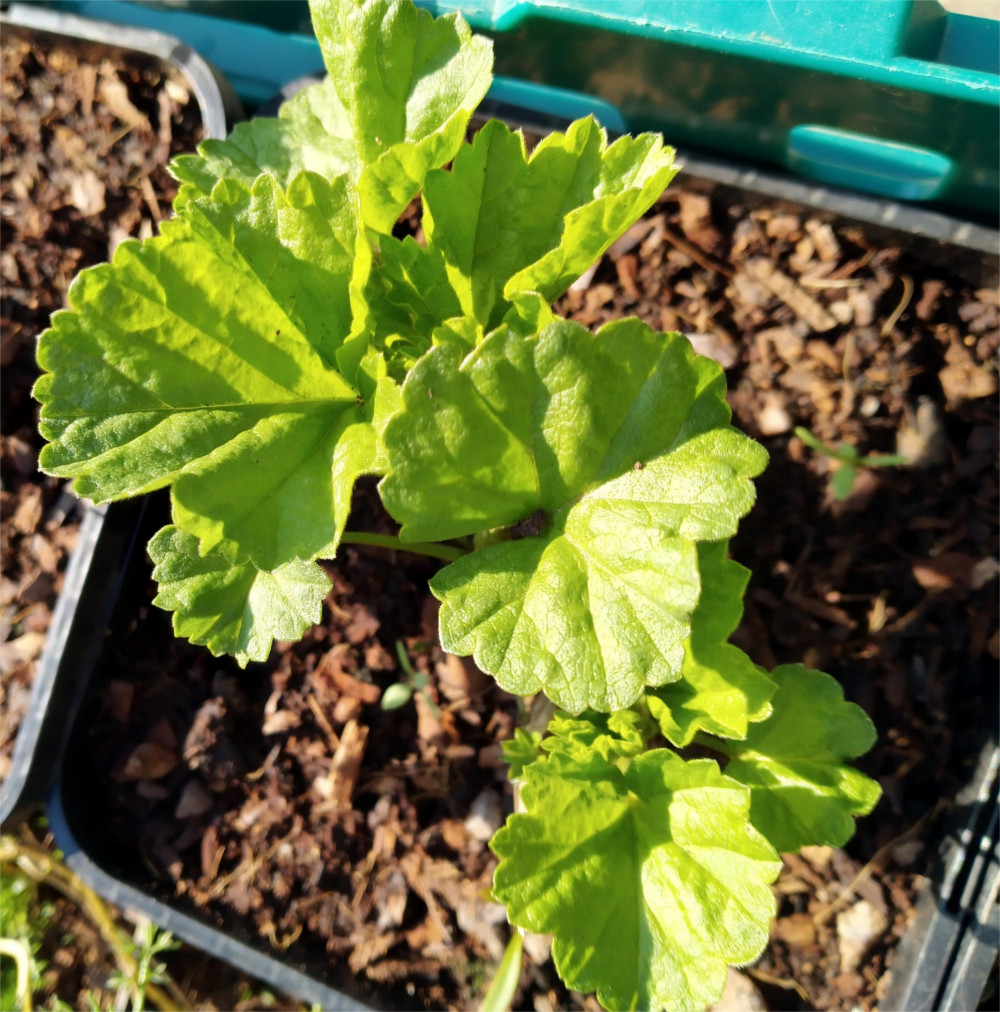
Mints
Moroccan (top photo), Chocolate mint (bottom photo), Black peppermint, Bowles mint, Apple mint, Ginger mint, Blackcurrant mint, Pineapple mint, Strawberry mint. A delectable selection for different uses.
Strawberry mint is delicate, good in salads or summer cocktails. Moroccan is a strong all rounder, for yoghurt dips or on your new potatoes. Peppermint and Bowles make nice teas. Apple mint forms a dense ground cover.

Fennel
Native, perennial herb. Architectural. Self seeds moderately. Great for snacking on in the garden with its aniseed flavoured leaves. The tall umbel flowers are great for pollinators. If left to set seed, these can be harvested for use in sauces, breads etc.

Korean Mint
Agastache rugosa
A lovely perennial herb for people and bees, spikes of purple flowers. Has a mild aniseed flavour great for tea, or leaves used in stir fries. Clumps up year on year.


We have many more plants too. This is just a selection. See our online shop for what’s available now.
